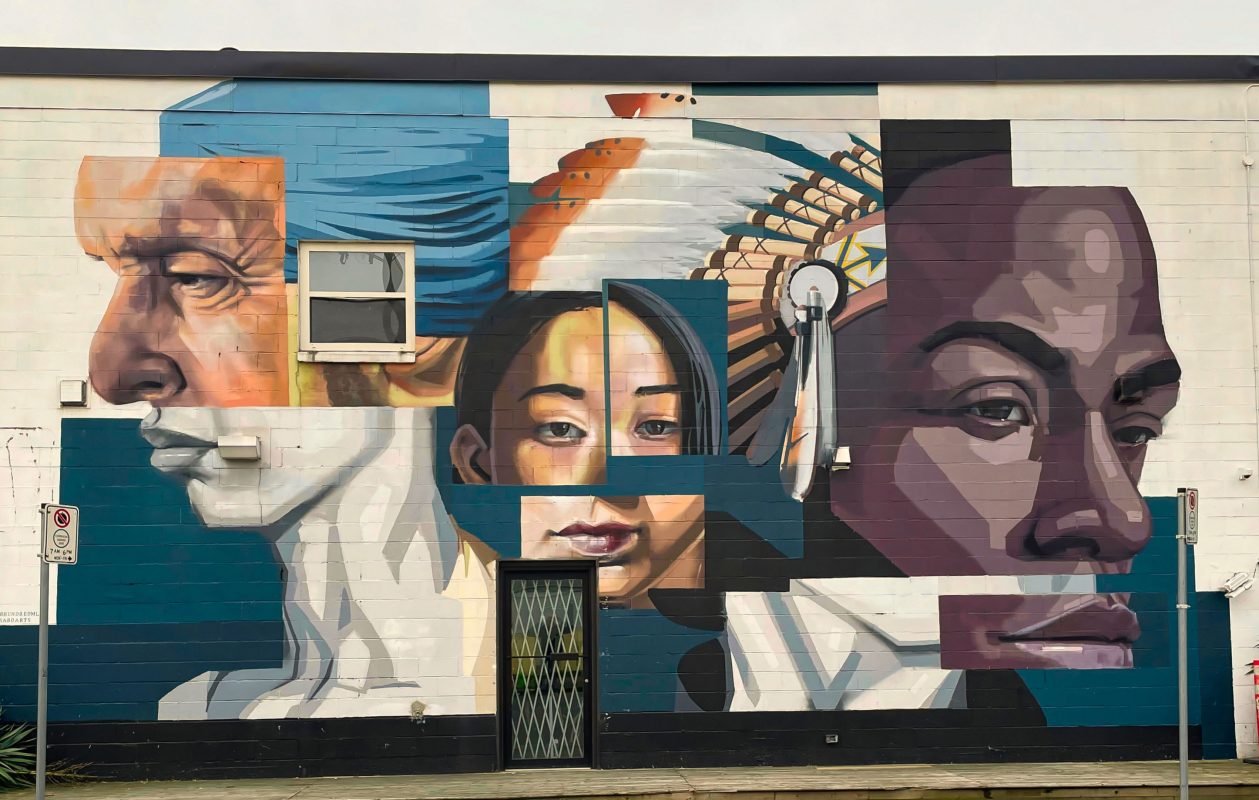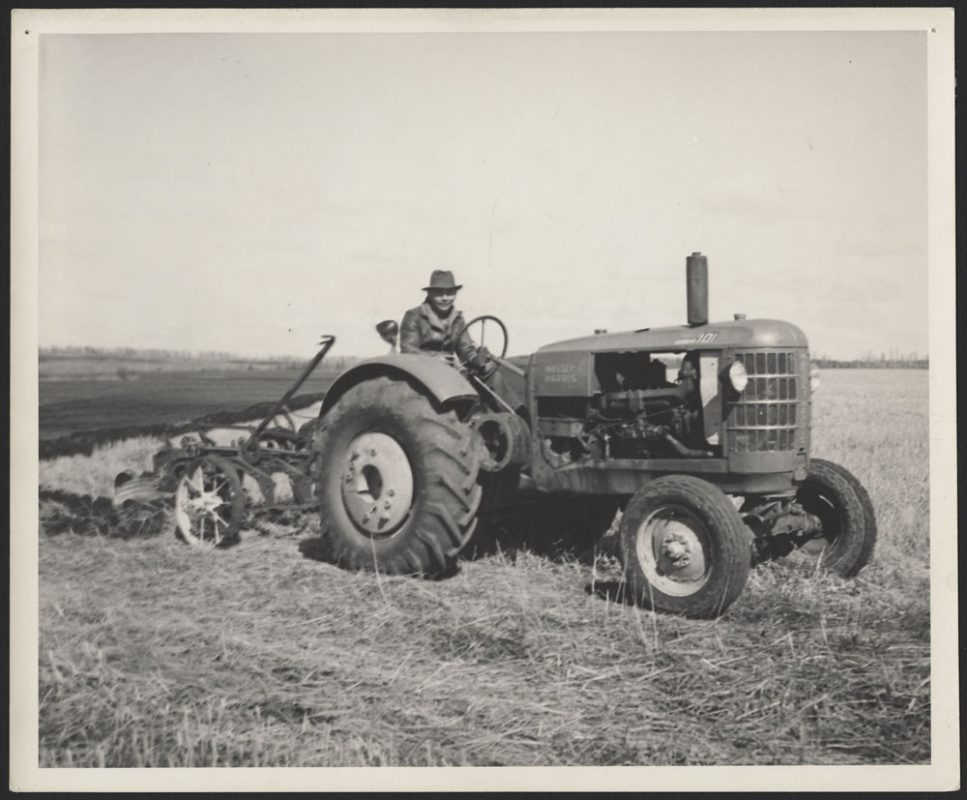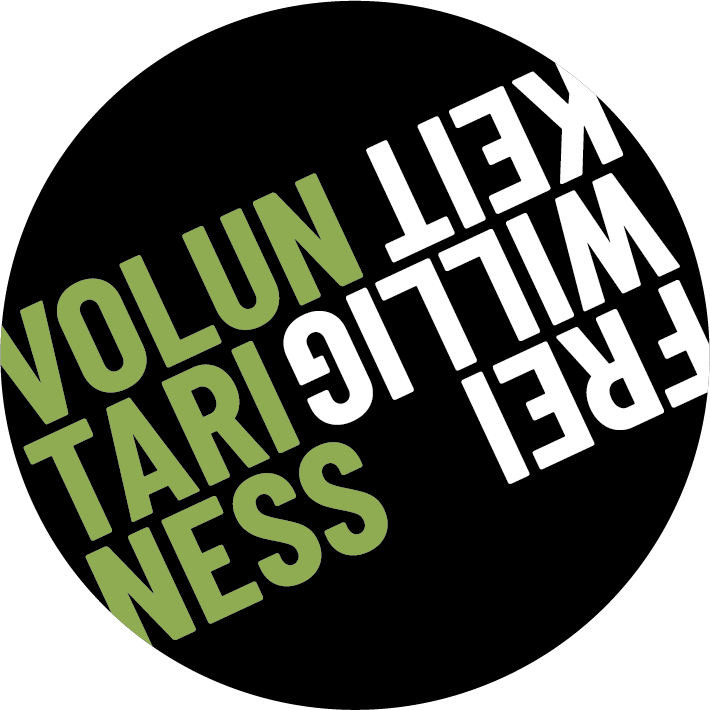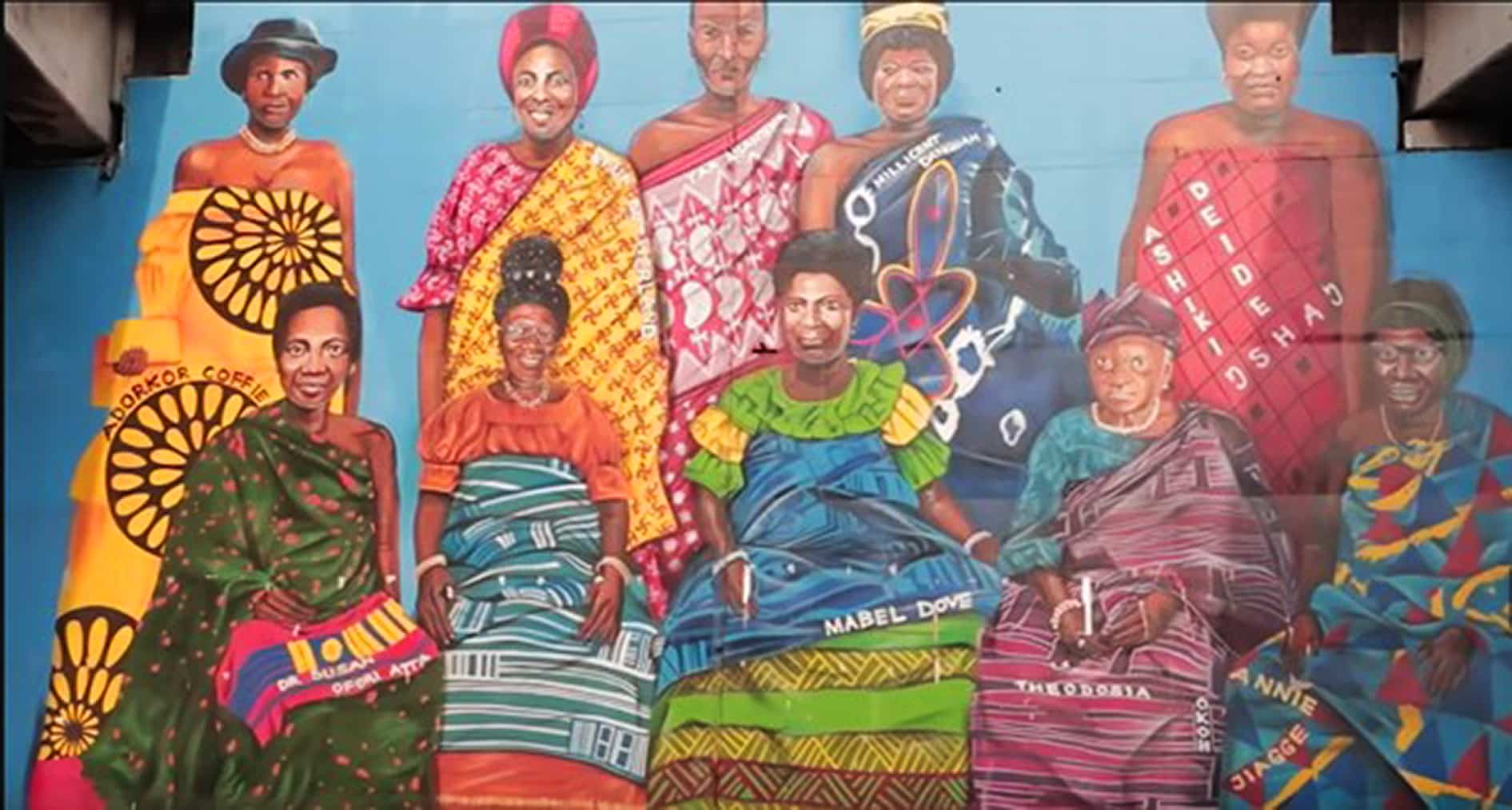

Anne van der Pas is a historian at the John F. Kennedy Institute for North American Studies at the Freie Universität Berlin.
Indian Status and Canadian Citizenship
The history of Canadian citizenship is a complicated one; it was not until after the Second World War that it emerged as a distinct legal category separate from British subjecthood. Yet for the Indigenous inhabitants of the territory referred to as Canada, the main legislation governing the legal definition of their identity has long been a different law altogether. It is the Indian Act from 1876 and still in force to this day that regulates the legal definition of Indigenous identity in Canada.
The Indian Act provides for an official record, termed the Indian Register, which lists all those who are officially recognized by the Canadian government as having Indian Status, and therefore being subject to the Act. The rights afforded by the Indian Act have differed from period to period, but generally include the right to live on a reserve, exemption from certain taxes and broader hunting rights than those of the non-Indian population. Furthermore, Indian Status serves as formal legal recognition of a person’s Indigeneity by the Canadian government. Yet despite these facts, between 1876 and the 1980s, a significant number of people gave up their Indian Status through a process called “voluntary enfranchisement.”
Renouncing Indian Status through voluntary enfranchisement involved proving one’s “degree of civilization,” as expressed in factors such as a person’s ability to speak English or French, one’s adoption of Christianity, and most importantly, one’s successful participation in the Euro-Canadian capitalist economy. Voluntary enfranchisement, for most of its lifetime as a policy, meant abandoning the right to legal recognition of Indigenous identity in return for full Canadian citizenship. It was the ultimate expression of assimilation, de jure if not de facto, whereby an Indigenous person was officially absorbed into the Euro-Canadian body politic, dissolving their Indigenous identity in the eyes of the Canadian state. Once enfranchised, an Indigenous person became, on paper, a Canadian citizen like any other.
(In)voluntary Enfranchisement – Motives and Incentives
What, then, would motivate individuals to voluntarily seek enfranchisement? Was it a desire to be accepted in mainstream settler society? A wish for full Canadian citizenship rights? Of course, these considerations probably played a part in any decision to apply for enfranchisement. As Jarvis Brownlie has pointed out in his analysis of interwar enfranchisement case files, many applicants cited citizenship rights as a contributing factor. Until 1957, those with Indian Status could not vote in federal elections unless they waived their right to the tax exemption which the Indian Act afforded them. Buying liquor or drinking alcohol in a public place was also prohibited for those with Indian Status until the 1950s. Enfranchisement meant gaining rights such as these, which non-Indigenous Canadians enjoyed simply by virtue of their birth.
However, there was also a significant financial incentive for Indigenous people to seek voluntary enfranchisement, in particular for those who had already been living off the reserve. Because the tax exemption for those with Indian Status applied only to income from on-reserve employment, those living off-reserve saw no fiscal benefit from retaining this status. Furthermore, members of Indian bands received annual or semi-annual payments, usually derived from land, treaty, timber or mining rights, from the federal Department of Indian Affairs. Although the amount and frequency of the payment varied per band, it was tied to Indian Status, and thus terminated when an Indigenous person forfeited their status through enfranchisement. To compensate for the loss of these payments, enfranchisees received a one-time lump sum. In many cases, this was a considerable amount of money, which could then be used to invest in property, pay off debts or provide access to education.
These financial motives run like a thread through years of enfranchisement applications. For example, in a 1934 letter from Saugeen man Ardwin Ahyahba to the local Indian agent, he explains that he is married to a White woman, lives off the reserve, and makes a steady living, and therefore should qualify to be voluntarily enfranchised. His application was approved, and his share of the band funds as well as that of his wife, totaling 1,493 dollars and 34 cents, almost thirty thousand dollars in today’s money, were promised to him. However, Ahyahba’s son’s share would not be paid out, but rather placed in trust and administered by the Department of Indian Affairs until the child was an adult. Ahyahba objected to this, stating that he knew seven men who had received their children’s shares in full. Later, when there was a further delay in payment of the parents’ share, Ahyahba inquired repeatedly as to what the hold-up was, until he finally received his and his wife’s compensation. Clearly, the opportunities afforded to Ahyahba by the lump sum payment were a major factor in his decision to apply for enfranchisement, as well as the fact that his residence off-reserve meant that he received little tangible benefit from retaining Indian Status.
“Encouraging gradual civilization” – Canada’s Two-fold Solution
The first iteration of the enfranchisement policy can be found in 1857 in the Province of Canada’s Act to Encourage the Gradual Civilization of the Indian Tribes in the Province. Incorporated into the Indian Act of 1876 after Canadian confederation, the federal enfranchisement policy was conceived of by its proponents as a two-fold solution. Firstly, it would aid in the assimilation of Indigenous people into the general Euro-Canadian populace as envisioned by the Canadian government. Secondly, it would contribute to the gradual dissolution of the reserve system in favor of private land ownership. To this end, there was also a provision for the enfranchisement of an entire band, whereby a commission set up by the federal government would rule on the degree of assimilation achieved by the band in question. If mass enfranchisement was granted, their reserve would cease to exist, turning communally held lands into privately owned property, as was the case for the Michel Band of Alberta when the entire band was enfranchised in 1958.
Ultimately, while there were significant waves of applications, the number of Indigenous people who lost Indian Status through voluntary enfranchisement is small compared to those who were enfranchised involuntarily. These include Indigenous people who served in the military or completed higher education, as well as Indigenous women who married men without Indian Status and their children. In 1985, the Canadian government finally abandoned the policy of enfranchisement and introduced a bill to recover Indian Status for those who had lost it through either voluntary or involuntary enfranchisement, leading to over 174,500 new registrations. That the registered Indian population continues to grow, not dwindle, is testament to the failure of enfranchisement as a policy intended to formally assimilate Indigenous Canadians into White settler society.

Although voluntary in name, for many applicants enfranchisement was an economically motivated decision, undertaken to improve their immediate material circumstances in an off-reserve situation rather than motivated by a desire for Canadian citizenship, when the effective price for that citizenship was giving up their Aboriginal rights. Voluntariness, then, was utilized by the Canadian government as an assimilationist tool imposed on an Indigenous population whose circumstances left them little choice but to go through the motions of integration in order to survive within a settler society. By terming the process of enfranchisement ‘voluntary,’ the Canadian state sought to legitimize its attempt to eliminate Indigeneity and absorb Indigenous people into the body politic, presenting enfranchisement as a choice which was freely made rather than forced upon many by dire economic and social circumstance.
Suggested Citation: van der Pas, Anne: “Voluntary Enfranchisement in the Canadian Settler Colonial State”, Voluntariness: History – Society – Theory, March 2022, https://www.voluntariness.org/voluntary-enfranchisement/




